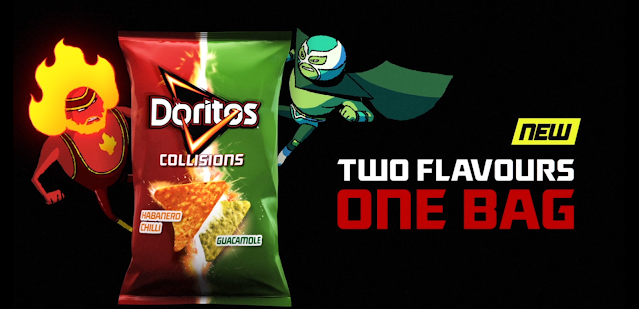Doctor Who: Language and Representation
Doctor Who: Language and Representation
Language and Representation:
1) Camerawork and sound:
- The theme tune indicates that the genre is science-fiction
- Graphics and camerawork aptly demonstrate that the episode is from the 1960s. The camera movements are clunky and disorganised. The graphics are from a simple text and font.
- Close-ups of the characters are used in order to indicate the emotion of them, for example being scared or anxious.
- Sound effects for the TARDIS are used to show that the genre is science-fiction.
Mise-en-scène:
- The setting often indicates the mysterious and eerie mood of the episode, as well as linking back to the science-fiction genre.
- The bright lighting of the TARDIS juxtaposes the darkness outside and creates binary opposition.
Narrative and genre:
- The enigma codes link to time travel and the science-fiction genre.
- There is a conflict indicated by the speech used by the Doctor.
- Propp's Character Theory - the Doctor is presented as the villain.
- Narrative arc is created by the cliffhanger and speech used in the episode.
2) Todorov's Equilibrium: The new equilibrium is created by the end of the episode as the teachers are now part of the TARDIS with Susan and the Doctor.
Propp's Character Types: The Doctor is presented as the "villain", while the women are presented as "damsels in distress" and overly-emotional. The male teacher is presented as brave because he stands up for his female counterparts, but the female teacher is seen as overreacting because she is a woman. The male teacher may be seen as the "helper" in this situation or perhaps links to the "hero".
Barthes: the enigma codes are mystery created by the music and speech of the actors/actresses, as nothing is revealed immediately. This forces the audience to question what may happen next and become immersed in the storyline. The action codes are conflicts and threats linked to the TARDIS. The cliffhanger in the final scene also links to this.
Levi-Strauss: Binary opposition is used in the middle of the clip to contrast light and dark.
3) The most important scene, in my opinion, is the entrance of the junkyard because it introduces the other world that the Doctor knows without directly giving away anything about what it may mean.
4) The genre is science-fiction as the lighting is constantly very bright within the TARDIS. Furthermore, the opening title sequence and TARDIS taking off link to science-fiction because of the Space Race in the 1960s being referenced in these shots. The sound effects used also reflect this.
5) An Unearthly Child reflects the Space Race, typical teenagers at the time of the episode being set, and the poor quality and acting at the time. Costume and hair is also typical of people at the time.
Representation:
1) Gender stereotypes about men are reinforced because the male teacher is the one who is talked to the most, and he is the one who is seen as the protector of both Susan and the other teacher. The Doctor is also seen as the one with power, over both the female teacher and Susan, which may demonstrate that the men are in control.
2) Stereotypes of women are reinforced because women are made to seem overly emotional, weak, fragile and helpless. Susan is constantly talked down to, not just because of her age, by both men in a way that suggests that she is inferior to them. The female teacher is "protected" by the male teacher and seems to be dismissed by the Doctor, which reinforces gender stereotypes.
3) They reflect the social and historical contexts because the teenagers are seen as reflections of younger people at the time, for example Susan, who is rebellious and is seen as immature. Furthermore, the presentation of the Doctor reflects social and historical contexts initially because he has the appearance of a typical elderly man in the 1960s. However, he seems to be stronger and less typical of those at the time, which perhaps links to the science-fiction genre.
4) The only representation found in the episode is of typical white, middle-class British people of the 1960s. This is not surprising because at the time, the population was nearly completely white and most people preferred to see those kinds of people as those were the people who had access to televisions at the time. For example, working-class people would not have had the time or the money to watch the episode; it was easier for them to include representations of people that the audience could relate to. There was also more prejudice and hate towards ethnic minorities, which may be the reason that the cast was all-white.
5) The characters seem to be middle-class. Education is typical of middle-class people at the time, as there seems to be a reflection of regular, public schools.

Comments
Post a Comment